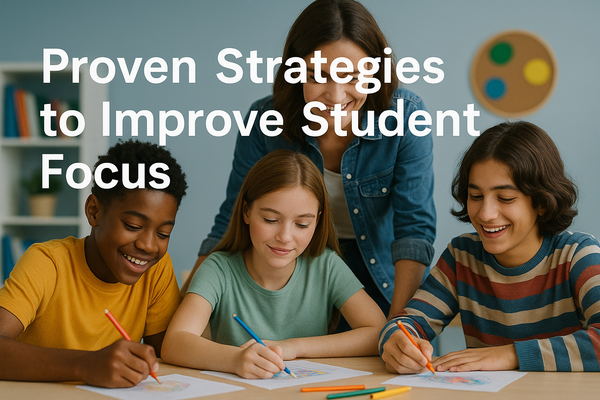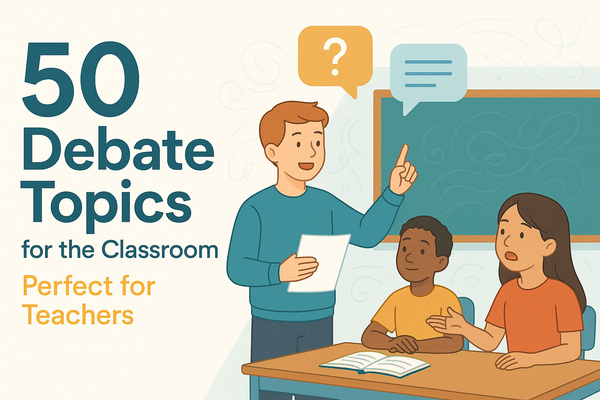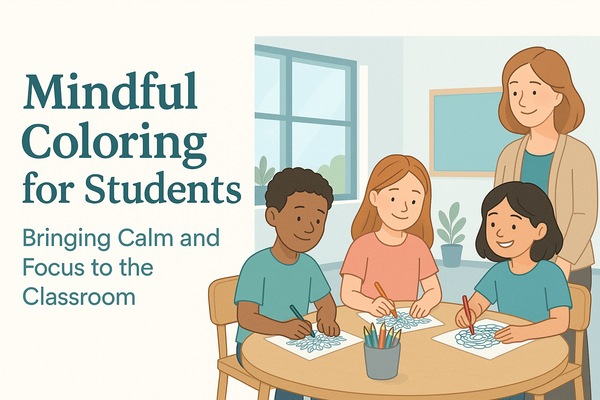Fun and Easy Rhyming Words for Kindergarten Students

Rhymes are a big part of how young kids start to understand language and sounds. As a teacher, you know how excited students get when they find words that sound alike. They feel like they have solved a little puzzle. Rhyming word activities are a great way to keep that excitement while helping students build important reading and writing skills. We have curated a collection of rhyming words that you can use for kindergarten students.
What Are Rhyming Words?
Rhyming words share the same ending sound, making them fun to say and easy to recognize! For example, think of pairs like “bat” and “rat” or “sun” and “fun.” When you say these words out loud, their endings sound alike, creating a catchy rhythm.
Rhyming words help students focus on how words sound, sharpening their listening skills. This is an important step in learning how to read and write, especially in the early stages of learning when students want education to look fun.
List of Rhyming Words for Kindergarten Students
Here is a table with 50 main words for kindergarten students and two rhyming words for each.
How Can You Use Rhyming Words Worksheet?
The best way to make students learn and practice rhyming words is to use rhyming words worksheets. Rhyming words worksheet is a simple yet powerful tool for helping students learn about words, sounds, and spelling. Here is how you can use these worksheets.
Easy Setup
The best thing about rhyming word worksheets is the ease of setup. You do not need to create them from scratch; instead, find some options online and get them printed. You can explore different AI tools, such as teacherbot.io, which helps teachers create such resources.
Introduce the Activity
Before students start working, take a moment to explain the activity and give them examples of rhyming words to get them engaged. You can also ask them to give a few examples to get them started to work.
Independent Practice for Confidence
Encourage your students to complete the worksheet independently. This is a great way to build their confidence and problem-solving skills as they explore rhymes independently. Practice will also enable every student to learn, unlike group activities, in which every student may not have the chance to participate.
Review and Reinforce
Once they are done solving the worksheets, you can review their work and praise their efforts. Correct any mistakes they made in the worksheet gently and help them understand the core concepts of rhyming words if they are finding anything hard to understand.
Make It Fun
To make the learning experience more interactive, challenge your students to come up with additional rhyming words or use the rhymes in funny sentences. This keeps the activity playful and engaging. This can also serve as a brain break for students and help boost their focus.
Multiple Learning Opportunities
A good thing about rhyming worksheets is that they are adaptable for individual practice, group activities, or even fun games. You can use them in the classroom however you want and make the overall learning experience fun for them.
Building Skills
With just a little effort, these worksheets can form a solid foundation for developing skills and foster a love for learning through fun activities.
Why are Rhyming Words Important?
Rhyming plays an important role in developing early literacy skills. It is not just about having fun with words; it forms the foundation for reading and writing. Here is a closer look at why rhyming is so important.
Enhances Phonological Awareness
Rhyming helps children focus on the sounds within words. They learn to listen carefully for specific parts of a word and identify similar sounds in new words. This process strengthens their overall awareness of how language works.
Develops Phonemic Awareness
When students practice rhyming, they tune into the individual sounds in words. This sharpens their ability to break words into smaller sound units and recognize patterns, an essential skill for learning to read.
Builds Pre-Reading Skills
Phonemic awareness, developed through rhyming activities, is a key pre-reading skill. It helps children decode words more effectively, making them confident and skilled readers as they progress.
Makes Learning Fun
Rhyming is a fun way to keep students engaged and learn useful skills through worksheets, games, and activities centered on rhymes. They will enjoy finding patterns and playing with words while sharpening their reading and listening skills.
Rhyming Words Activity Ideas for Kindergarten Students
The following are some fun ideas for rhyming words that you can use to keep your students engaged.
1. Cut and Paste Rhyming Pictures
This simple activity helps students connect rhyming words with visuals. In this task, students cut out images and paste them next to their corresponding rhyming words. It is a great way to help learners understand the connection between sounds and meanings.
2. Draw a Picture for a Rhyming Word
In this activity, students draw pictures to represent words that rhyme. This exercise strengthens their phonemic awareness and sparks their imagination and creativity.
3. Choose the Rhyming Word
This activity is perfect for reinforcing the recognition of rhyming words. Students are given two options and asked to select the word that rhymes with the given word. This task encourages them to pay close attention to the sounds at the end of words.
4. Draw Two Words That Rhyme
This more advanced activity is where students combine phenomic awareness with imagination. They are required to draw images of two words that rhyme, which gives them a chance to showcase their creativity.
5. Rhyming Clip Task Cards
This interactive activity makes the task cards a perfect way to engage students. Each task card has a picture at the top, and students must find the matching rhyming picture from the options given and clip it. This fun activity helps students focus on sound recognition and also improves hand-eye coordination.
6. Build a Pizza Rhyming Game
Who doesn't love a good pizza? This fun, creative twist on rhyming practice allows students to build their own pizzas by adding slices that feature words that rhyme with those on their board. Students love to create something of their own while practicing something fun.
7. Odd One Out Rhyming Mats
Each mat features a group of words, with one word that doesn’t fit the rhyming pattern. Students need to identify the word that doesn’t rhyme, helping them strengthen their phonemic awareness and critical thinking skills.
You can also explore various AI tools to create these worksheets, as such tools are a great way to create resources, such as expanded-form worksheets and lab safety worksheets.
Other Ways to Sharpen Rhyming Skills
You can engage students in various other activities that can help them learn about rhyming words engagingly.
Interactive Rhyming Stories
Bring rhyming to life with Interactive Rhyming Stories. Choose a book with a catchy, rhythmic pattern and read it aloud to your students. As you reach a rhyming word, pause and let the students fill in the blank, encouraging them to think of the rhyming word on their own.
This activity not only boosts their listening skills but also helps them understand how rhymes work within the context of a story. Books like The Cat in the Hat are fantastic choices for this activity. It helps students understand how rhymes are naturally used in stories.
Rhyming Songs and Nursery Rhymes
Incorporating rhyming songs or nursery rhymes is another fun way to teach rhyming. Singing familiar rhymes like “Twinkle, Twinkle, Little Star” or “Row, Row, Row Your Boat” allows children to hear the rhythm and sounds of words while having fun.
Rhyming Word Families
Teach students about word families (groups of words that share a common ending, like “-at,” “-in,” and “-og”) to help them recognize and create rhyming words. Using word family charts or flashcards can make it easier for students to see patterns and build new words.
Rhyming Word Hunt
Another great activity to incorporate into your rhyming lessons is a Rhyming Word Hunt. In this activity, students can go on a "hunt" around the classroom or home to find objects that rhyme with a given word. For example, if the word is “cat,” students could find a hat, mat, or bat. This hands-on, real-world connection to rhyming words makes the activity even more engaging.
Differentiated Learning with Rhyming
You can also create differentiated rhyming activities to help students at different proficiency levels.
- For students at the beginner level, you can focus on identifying rhymes from a list of words. The main focus will be to help them understand the sounds.
- For the intermediate level, you can ask students to generate their own rhyming words from a given list, as they will know how to identify words.
- You can challenge students at an advanced level to create full, rhyming sentences or short poems. These students will know how to generate rhyming words, so their challenge will be to make sentences.
Conclusion
Rhyming words are more than just a playful part of language. With this extensive rhyming words list and these creative rhyming words activity ideas, you can turn learning into a fun and interactive experience that keeps students excited to practice. Whether it’s through cutting and pasting, drawing, or even building pizzas, these activities provide the perfect mix of education and fun.




